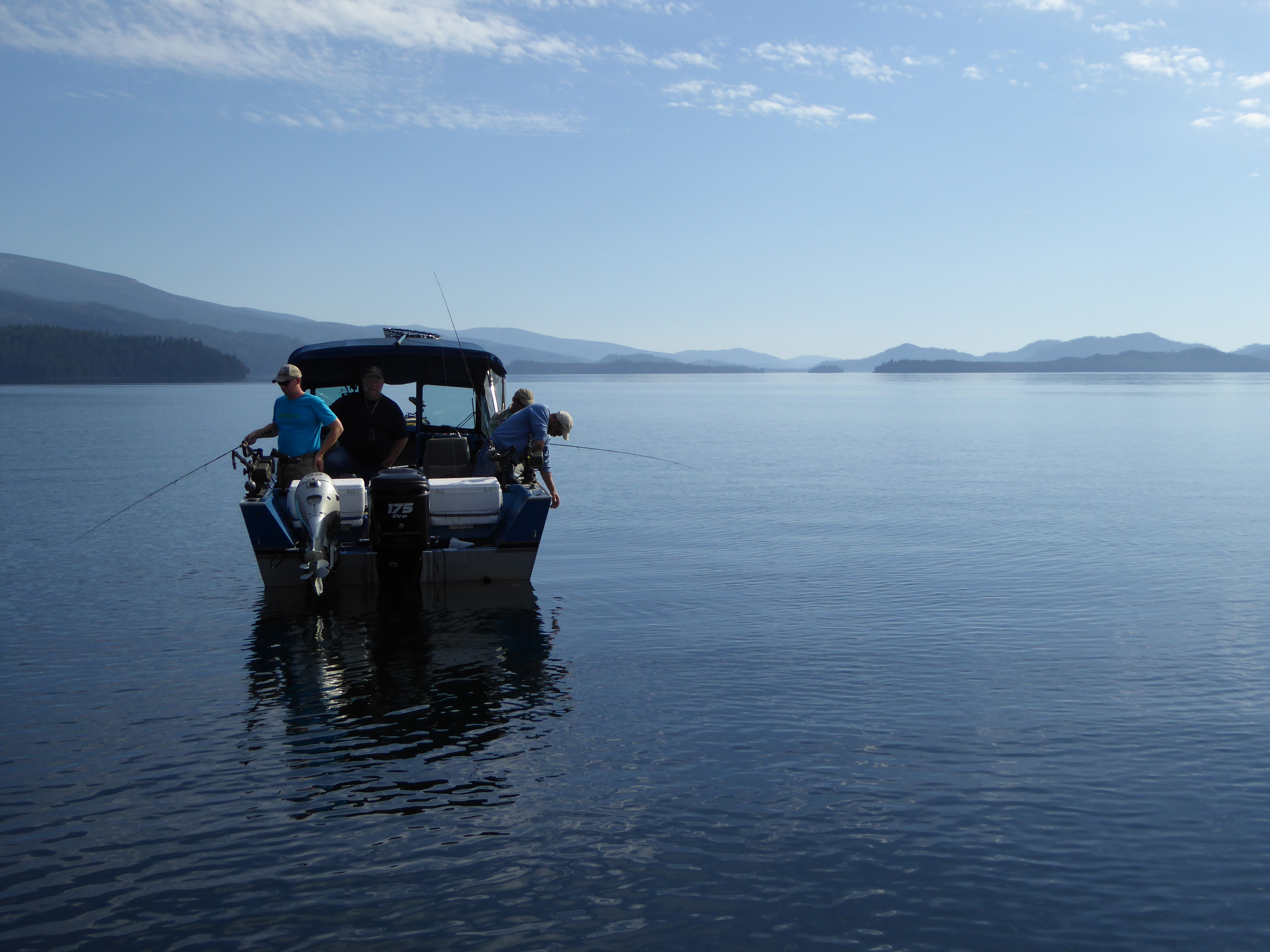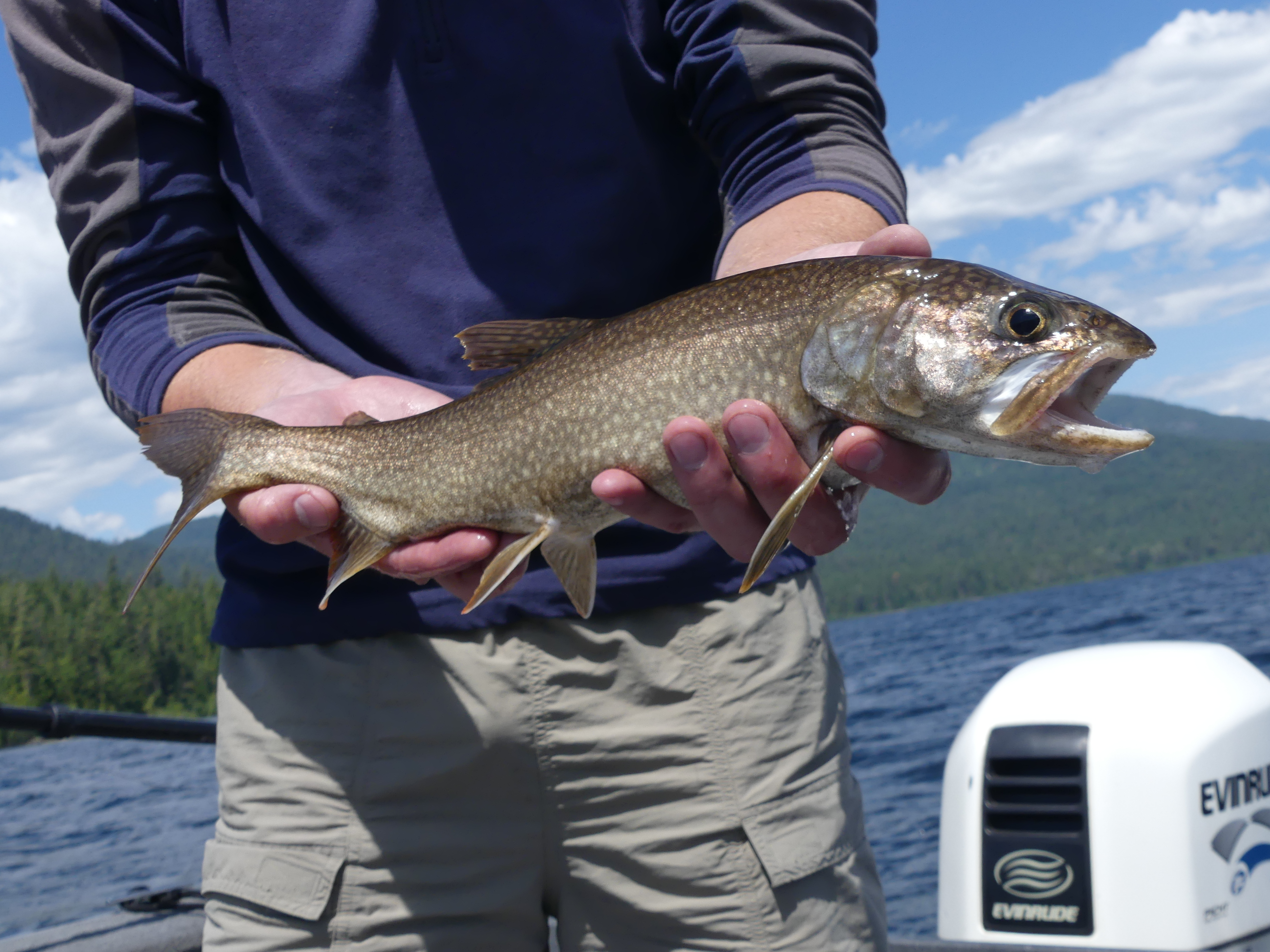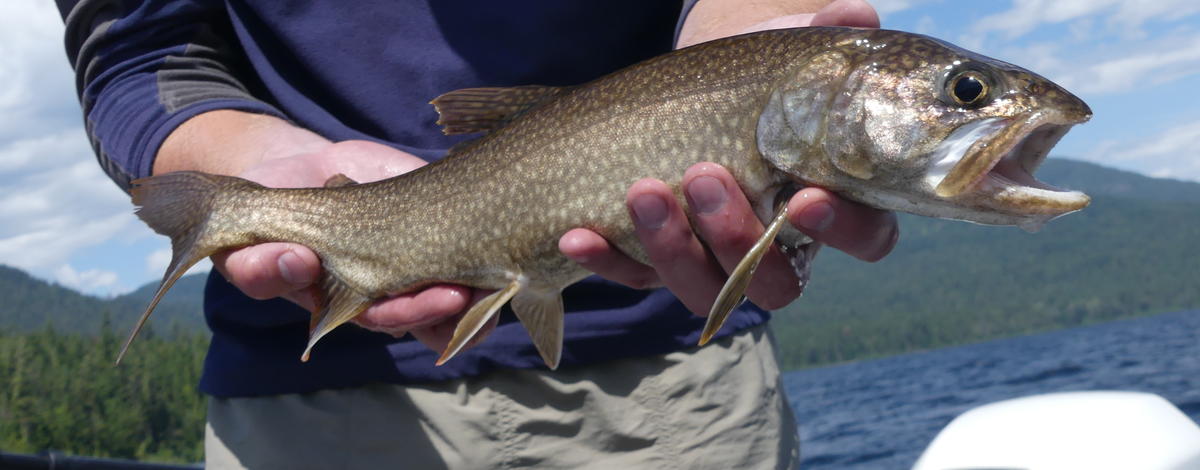What can anglers expect?
Lake trout (aka Mackinaw) have been the primary target of anglers on Priest Lake for many years. Typically, this fishery provides good catch rates and a harvest opportunity for lake trout that are mostly 16-24 inches in size. However, recent angler reports suggest lower catch rates for lake trout than in the past. In addition, lake trout condition is notably poor with many fish appearing skinny and lacking the typical dark orange flesh that appeals to harvest-oriented anglers. Unfortunately, the declining quality of the lake trout fishery is anticipated to extend into the coming year with uncertainty about when or if the fishery will rebound.

Why the fishery is changing
Mysid shrimp have been the primary food for lake trout in Priest Lake since the collapse of kokanee in the late-1970s. Lake trout have done well in the lake for decades with abundance generally increasing over time. Mysid shrimp have provided a stable food source for lake trout and are responsible for the typical dark orange flesh color of lake trout in Priest Lake. However, monitoring of mysid shrimp in the lake shows their abundance has declined dramatically. As a result, lake trout in Priest Lake have little to eat. A recent monitoring effort on Priest Lake identified a decline in the body condition of lake trout (i.e., fatness), a notable symptom of the lack of food in the lake. In addition, the once dark orange flesh of lake trout is now more commonly pale, presumably a result of few mysid shrimp being eaten.
Despite the rapid decline in lake trout body condition, lake trout abundance has likely remained fairly stable. Lake trout are generally resilient and able to survive with little to eat. However, lake trout may be difficult for anglers to find because they have moved to different portions of the lake. In the absence of mysid shrimp, lake trout are likely searching for food wherever it can be found. In Priest Lake, fish such as northern pikeminnow, peamouth, Westslope cutthroat trout, smallmouth bass, and kokanee may provide alternative food sources. With the exception of kokanee, these fish are generally found in shallow areas of the lake far from the typical deep-water haunts of lake trout. Unfortunately, these other food sources are not abundant enough to offset the loss of mysid shrimp.

What will the future look like?
The cause of declining mysid shrimp abundance is not known. It appears that the decline is not unique to Priest Lake. Similar declines in mysid shrimp abundance have been observed in other nearby lakes. For example, mysid shrimp density dramatically declined in Lake Pend Oreille in 2012. Mysid density has increased since that time, but remains about 60 percent below the historical average. While it’s clear mysid shrimp have declined in Priest Lake, it is not clear if, or when, mysid shrimp may rebound.
Changes in the lake trout population have been unexpected and could make future management of this fishery challenging. Lake trout should remain fairly abundant in the immediate future. However, if mysid shrimp abundance remains low for a prolonged period, lake trout abundance will likely decline. It is still premature to draw conclusions about future status of the lake trout fishery, or to implement new management actions. Fishery biologists will continue to monitor both mysids and lake trout to better understand how this situation unfolds and develop management strategies accordingly.
If you have a fishing trip to Priest Lake planned, expect lake trout fishing to be different. Look for fish suspended in the water or occupying nearshore areas when water temperatures are cool. Mid-summer water temperatures are warmer than lake trout prefer and may force fish into deeper more commonly fished areas of the lake. If you struggle to find lake trout, you might consider targeting other species, such as smallmouth bass, cutthroat trout, or kokanee.
Fishing seasons and rules can be found here. To learn more about fishing, check out our Fishing Planner. Contact the Panhandle Regional Office at (208)-769-1414 for more information.

